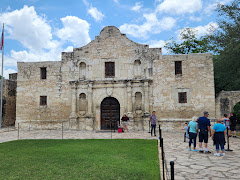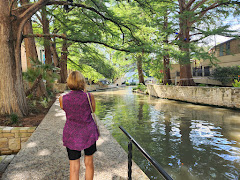These are the highlights to the new Government Housing Aid Plan to Stimulate the Slumping Housing Market:1. How Does the Tax Credit Work?
Tax credits are special provisions that reduce income tax liability on a dollar for dollar basis. Credits are claimed on an individual's income tax return. In this case, Congress has created a tax credit for first time homebuyers. The maximum credit amount is $7,500. Thus, if a person had a tax liability of $8000, (these are the federal deductions withheld on your pay check) a $7500 credit would wipe out all but $500 of the tax due. THIS IS AN INCENTIVE AND PART OF THE HOUSING BILL SIGNED BY THE PRESIDENT TO HELP WITH THE HOUSING SLUMP.
2. Who can use the new tax credit?
Only first time homebuyers are eligible to use the credit.A first time homebuyer is definedas an individual who has not had an ownership interest in a principal residence in the previous three years.
3. Is there an income restriction?Yes. Single or head of household are eligible if their income is no more than $75,000. Individuals who file a joint return may have income of no more than $150,000.
4. Is the amount of the credit ties to the price of the home?Yes. The credit is for 10% of the cost of the home, up to a maximum credit of $7,500. If a home cost $65,000, the allowable credit would be $6500. If a home cost $120,000, the allowable credit would be $7500. The amount of the credit is the same for all taxpayers, married or single.
5. How do I apply for the credit?
There is no prepurchase authorization, application or similar approval process. Eligible purchasers will simply claim the credit on the appropriate IRS form1040 tax return.
6. What are the terms for repayment?The credit amount is repaid in increments of 6.67% of the credit amount over 15 years. For individuals who take the full $7500 credit, the repayment will be about $41.88 per month or just $502.50 per year. Individuals who claim a credit of less than $7500 will also have a 15 year repayment period and will pay 6.67% of their credit each year. For example, an individual who claims a credit of $6000 will repay $400.20 a year ($6000 x .0667). There is no interest charge applied to outstanding balances.
This Program ends July 1, 2009. Take advantage of this great program. Call us for additional information.
Read more at:
http://www.cathyhiggins.com/ look under the heading of Tax Credit.
 Shaquille O'Neal's House , Why Won't It Sell?
Shaquille O'Neal's House , Why Won't It Sell?










































































































































































